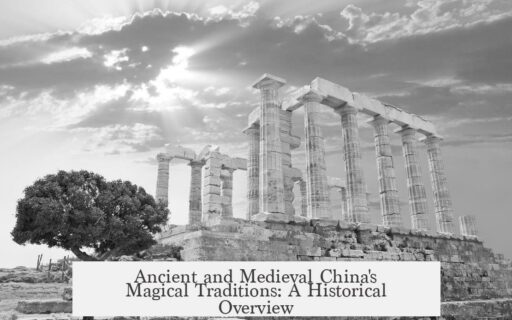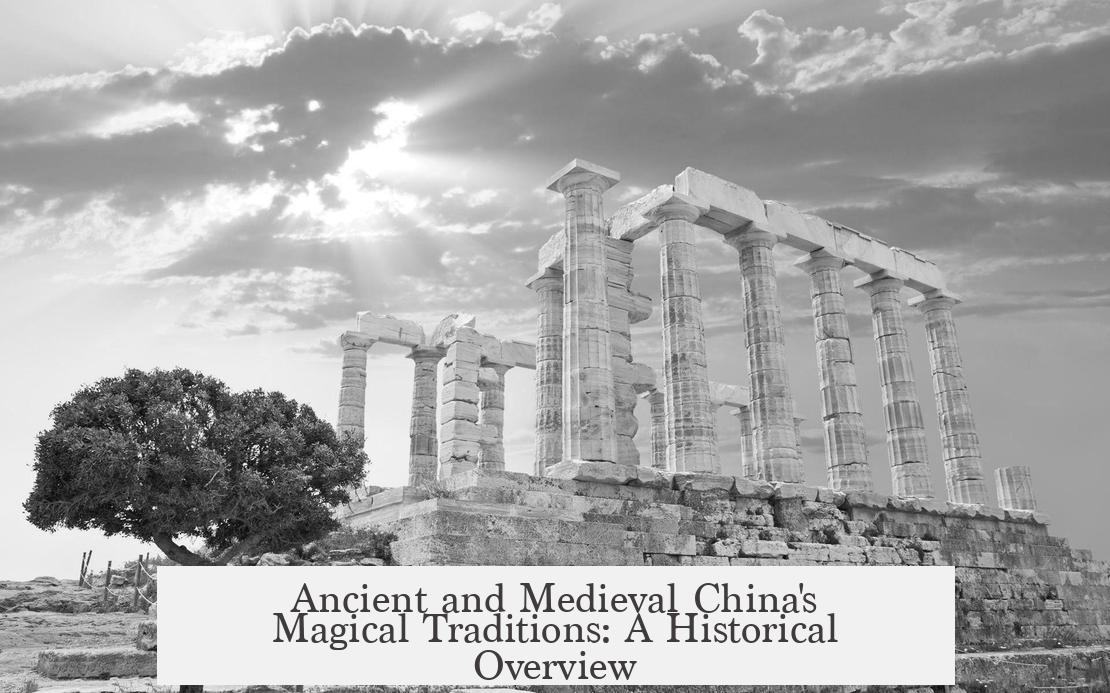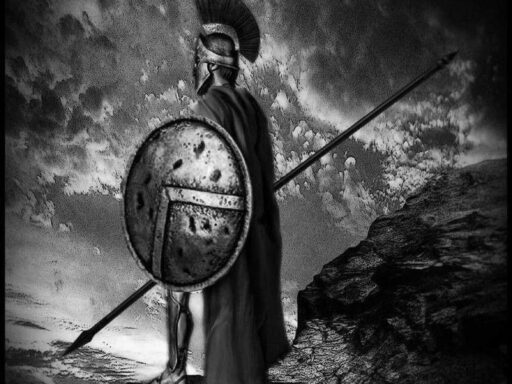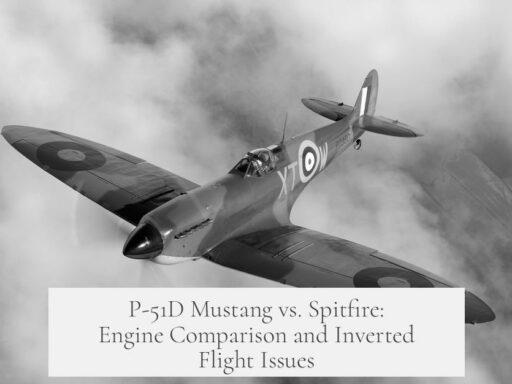Ancient and medieval China possessed a rich magical tradition centered largely on Taoist practices. This tradition encompassed divination, alchemy, talismans, ritual magic, and even medical treatments intertwined with spiritual beliefs. Taoist magical practitioners called fangshi played a key role in these traditions.
Among the most important magical practices was divination. The Yi Jing (I Ching) stands out as one of the oldest Chinese texts still extant, used to foresee future events. The method applies hexagrams made from trigrams that consist of broken lines (yin) and unbroken lines (yang). Taoist priests specialized in such divination. Aristocrats frequently referred to the Yi Jing, with Confucius himself known for his commentary. This system reflects the cosmic balance between yin and yang, symbolizing change in nature and human affairs.
Another divinatory method looked at celestial phenomena. Taoists and imperial astrologers examined the positions of stars, planets, and moon phases. Certain stars in specific locations or unusual lunar shapes were interpreted as omens—either auspicious or malevolent. In some cases, astrological readings purportedly predicted political events, including dynastic changes. Celestial divination thus influenced decision-making in the royal court, blending cosmology with governance.
Taoist magic also included elemental and shamanic practices. These aimed to influence natural forces such as wind, rain, or fire. Literature such as the Romance of the Three Kingdoms features rituals attributed to legendary figures like Zhuge Liang who controlled the wind during battle. Though fictional, these stories mirror actual beliefs in mystical control over elements, a hallmark of Taoist shamanism.
Alchemy formed a major part of Taoist magical tradition, divided into two branches: internal alchemy (Neidan) and external alchemy (Weidan). Neidan involves disciplined spiritual and physical exercises intended to perfect the body’s energy flow (qi) to achieve immortality. This included meditation, breath control, sexual practices, and dietary regimes. Taoists sought to cultivate an immortal state called becoming a Xian.
External alchemy (Weidan) dealt with the preparation of elixirs aimed at prolonging life, transmuting substances, or achieving spiritual changes through material means. It predates internal alchemy and involves laboratory techniques similar to early chemistry. These alchemical pursuits influenced martial arts like Tai Ji Quan and modern spiritual movements such as Falun Gong.
Talismans (fu) and incantations were another widespread magical tool. Both Taoist and Buddhist traditions used these for protection, healing, or exorcism. Written symbols, ritual drawings, and spoken chants sought to repel demons or negative influences. Texts such as the Zhougui Jing, associated with the Taoist Celestial Masters, contain example incantations. Talismans were believed to embody spiritual power and serve as communication with divine forces.
Magic also permeated early Chinese medicine. Medical practices often included incantations and rituals designed to expel disease-causing spirits. According to scholars like Donald Harper, this medical approach integrated magico-religious elements. Chinese healing frequently combined herbal remedies with spiritual rituals to address both physical and supernatural causes.
Folk beliefs contributed to a broader magical worldview. For example, superstition about soul stealing involved capturing a person’s soul by cutting hair or placing a name on paper under a bridge. The victim would become weak or ill as a result. Such beliefs led to social tension and political responses. During the Qing dynasty, the ruling Manchus viewed soul stealing accusations skeptically but conducted severe crackdowns due to popular unrest. The Qianlong emperor ordered officials to capture alleged practitioners, linking magic with political rebellion, especially as hair cutting became a symbol of resistance against Manchu rule.
| Aspect | Description |
|---|---|
| Magical Practitioners | Fangshi Taoist magicians performing divination, alchemy, and rituals |
| Divination | Yi Jing hexagrams and celestial omens predicting future or political events |
| Elemental Magic | Shamanic rites aiming at control over wind, rain, and natural elements |
| Alchemy | Internal (Neidan) – discipline and meditation for immortality; External (Weidan) – elixir crafting |
| Talismans and Incantations | Symbols and chants to protect from demons or illness in Taoist/Buddhist rites |
| Medical Magic | Rituals and spells to expel spirits causing disease in early Chinese medicine |
| Folk Beliefs and Politics | Soul stealing superstitions led to political crackdowns in Qing dynasty amid social unrest |
Overall, ancient and medieval Chinese magical traditions blend pragmatic techniques with spiritual beliefs. Taoism especially fostered a complex system involving divination, alchemy, ritual, and talismans. These magical practices were practical, religious, and political tools, influencing medicine, governance, and common folk life.
- Taoist practitioners called fangshi were central to Chinese magical traditions.
- Divination methods like the Yi Jing and celestial omens guided personal and political decisions.
- Elemental shamanic rites sought to manipulate natural forces, reflecting Taoist influence.
- Internal alchemy focused on immortality through spiritual and bodily cultivation; external alchemy produced elixirs.
- Talismans and incantations provided spiritual protection in Taoist and Buddhist contexts.
- Early Chinese medicine incorporated magical rituals alongside herbal remedies.
- Folk magical beliefs about soul stealing led to social and political upheaval, especially in the Qing era.




